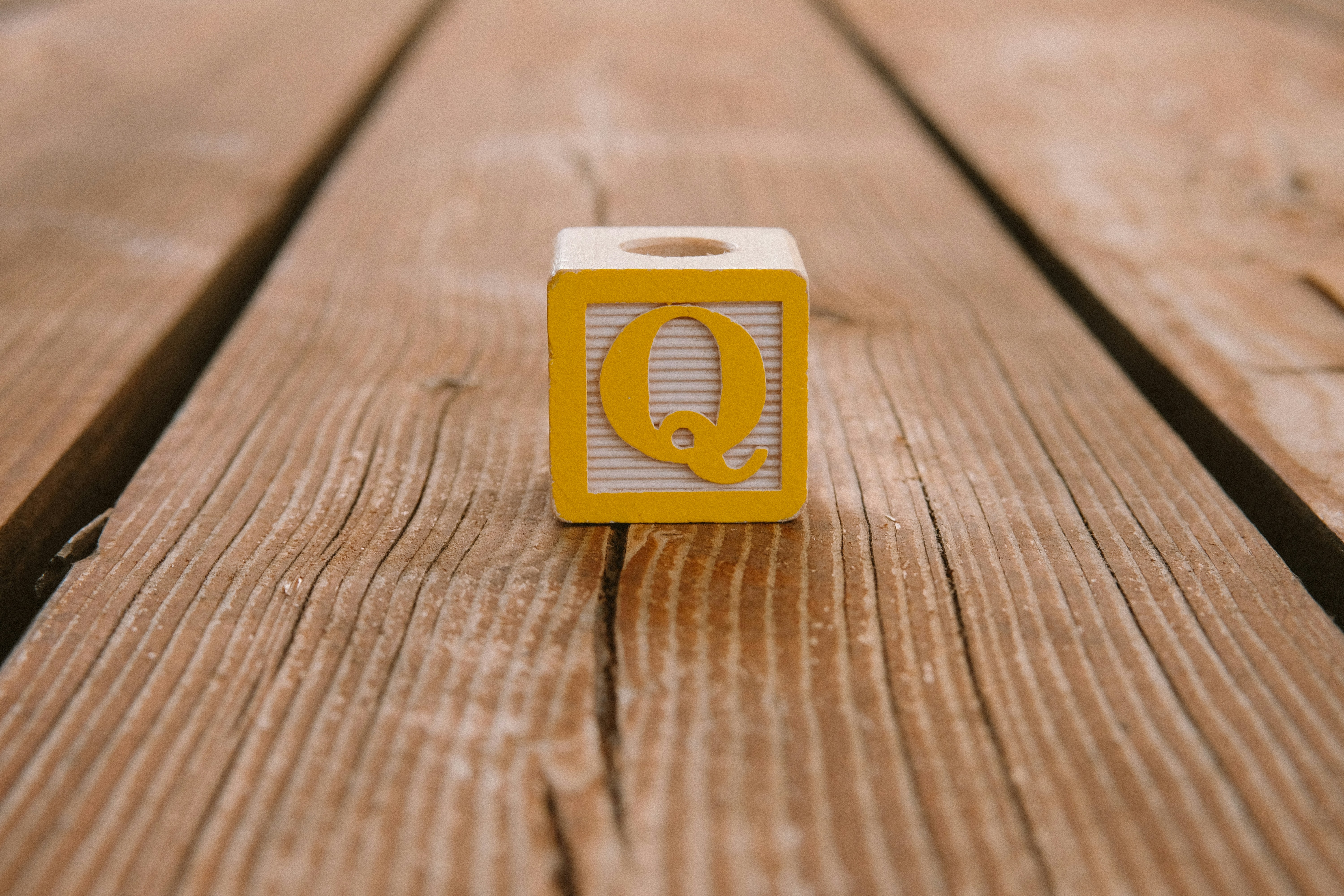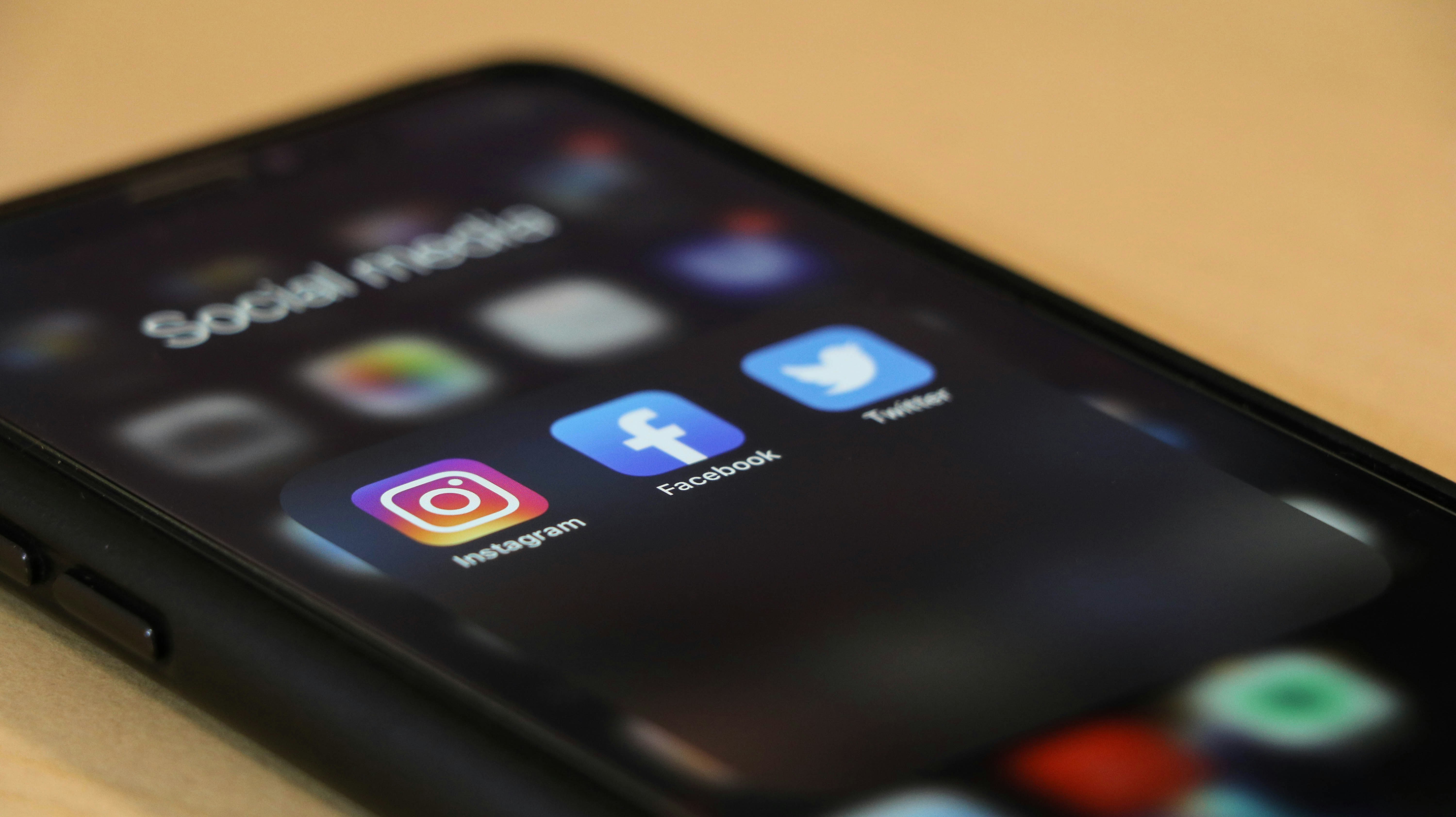In case you’re interested, you can watch the recording the webinar for a short period of time on this page.
And, if you’re interested in more courses linked to this specific topic you could join me or my wonderful colleagues in any of the following courses:
-
Horizon Europe Proposal Writing & Evaluation, Prague, on 17-19 April 2024
-
Dissemination, Exploitation, Innovation in Horizon Europe, online, 21 May 2024
Questions & Answers
1. How do you differ communication (e.g. with society) and dissemination?
Dissemination involves the strategic sharing of specific project results with targeted audiences, usually those who stand to benefit directly from these results. It goes beyond general communication by having a clear intention of exploiting the results and making them accessible to specific groups. On the other hand, communication encompasses a broader scope, including engagement with society as a whole. While both involve promotion, communication is more about conveying information widely, whereas dissemination focuses on the targeted delivery of tangible project results.
2. Is advocacy somehow linked with communication or dissemination?
While advocacy may not be explicitly included in project communication or dissemination plans, there is an indirect link. In our projects, we prioritise policy recommendations as a form of advocating for specific actions or changes. This is the closest resemblance to advocacy within our scope. The policy recommendations resulting from our projects can be seen as a mode of communicating and disseminating insights to policymakers, contributing to the broader discourse and influencing decisions that align with project goals.
3. Do you differentiate between target groups and stakeholders?
Target group: Receivers of a message (a smaller group within stakeholders)
Stakeholders: Groups or individuals impacted by an organization's decisions and actions
Stakeholders encompass everyone affected by or influencing the project. Within this, target groups are specific audiences we aim our messages and results towards. Among these, end-users are the individuals directly utilizing our project's outcomes. This focused approach ensures effective communication and maximizes impact.
4. Don't you think that spending resources on non-essential and non-ecological promo material could be considered wasteful?
Yes, if those resources are not needed and do not support the visibility of the project, they can indeed be considered wasteful. At Europa Media, we are committed to adopting eco-friendly solutions in all aspects of our operations, including the use of recycled and recyclable materials, and minimising single-use items. This is why over the years we’ve been collecting ideas and of eco-friendly materials with the least environmental impact as possible.
5. What should the goal be when communicating to the general public? This is a tough nut, I think, and is often only an afterthought in many projects.
Often overlooked in project planning, effective communication to the public involves not only increasing awareness on a specific topic but also fostering engagement and initiating meaningful discussions.
6. Horizon Europe Booster is only for funded projects, right?
Yes, it is. You can find more information here: https://www.horizonresultsbooster.eu/apply
7. Do you need to start in your PEDR with the target groups or with the objectives?
You can list some objectives at the beginning (e.g. raising awareness, maximise project impact, support stakeholder engagement, etc), but then try address both target groups and objectives simultaneously, maybe in a table format. Within that table you may want to include the results of interest too. This integrated strategy ensures the PEDR not only establishes overarching communication aims but also provides a detailed roadmap for engaging diverse audiences, fostering a comprehensive and adaptable dissemination plan.
8. How to maximise C&D with other funded projects, for example, make joint actions with other EU projects?
There’s a wide range of actions you can undertake with other similar projects (or even sister projects). You may have included them in the proposal already, or you might decide to implement them only after the project is funded. Either way, you can conduct joint webinars, workshops, podcasts, and engage in key activities together. My recommendation would be to discuss with the selected similar projects and explore the synergies you can achieve. To maximise collaboration and communication with other funded projects, it is crucial to explore avenues for joint actions and partnerships.
9. About the KPI for social media. Considering that the platforms and algorithms are changing fast, I’m afraid that associating KPI to audience can be detrimental for the project since I probably won’t be able to reach them. Do you have some advice about which KPI using?
Navigating the dynamic landscape of social media platforms can indeed pose challenges, and we opt for adaptable KPIs. While follower count, engagement rate, and unique views offer valuable insights into the project's online presence, considering the ever-changing algorithms, we also emphasise tracking specific actions that align with project goals. Metrics such as downloads provide tangible indicators of user interaction and interest.
Our strongest recommendation is to see similar projects to yours out there. Check their ‘open analytics,’ meaning look at the number of followers they have on X (Twitter), the number of connections they have on LinkedIn, or their views on a normal YouTube video. Also, base yourself on your own past projects and on websites you run to have an idea about average website reach. This combined approach ensures a well-rounded evaluation and sets realistic benchmarks for your project's communication success.
10. Are there any suggestions for developing a long-term strategy after the end of the project? To keep the consortium together and to valorise the material and knowledge that has been produced from the years of the project.
Typically, we sustain the website and communication channels for several years after project closure. Exploitation partners must strategically plan for results they oversee and are responsible for. While consortium cohesion may persist through networks, stable financial resources are crucial for sustained research. Ongoing collaborations are often contingent on securing funding for subsequent projects.
11. Can you explain a bit further on the operational level 'Dissemination and Communication plan (not to confuse with 2.2)?
The 'operational level' refers to the practical implementation within a Work Package (WP) of your Dissemination and Communication plan. In this WP, you delineate specific responsibilities, tasks, and their respective timelines. A strategic approach involves listing all intended tasks and then organising them into logical clusters – for instance, combining activities like awareness raising will be achieved through website creation and setting up online communication channels can be placed as a single task in a work package. This detailed breakdown ensures a clear roadmap for executing your communication and dissemination strategy at a granular, operational level.
12. Is there a financial limit for the WP Diss & Comm cost, i.e. cannot be more than 30% of overall project cost?
While we generally allocate around 10-15% of staff effort to communication and dissemination activities, it's crucial to note that the appropriate amount varies based on project activities and scope. This also applies to the overall budget percentage.
13. Do you have feedback on how the Horizon Results Platform tool is working in practice to facilitate exploitation - any success stories?
Maybe this site can help you spot some success stories: https://horizoneurope.ie/category/success-stories
14. Measures (whether D, E or C): What does it include? does this include channels, tools, materials?
Maximising impact requires a strategic approach, particularly through your PEDR (Plan for Dissemination, Exploitation, and Communication of Results). This plan should outline the measures you'll undertake to effectively exploit, disseminate and communicate your project. It involves detailing the target groups and their results of interest and which exploitation measures (e.g. licensing, patenting, etc) will be used. Doing so can help us plan the specific channels, tools, materials, IPR protections you intend to utilise for dissemination and exploitation purposes. These may include the creation of a dedicated project website, participation in conferences, publication in journals, and more specific exploitation routes.
15. Are EM available to participate in proposals as D&E WP Leaders?
Yes, we are.
16. Do you have advice on getting the whole consortium involved in communication activities / appreciating the importance of communication?
In projects with multiple partners, it's common for individuals to concentrate on their specific tasks. To address this, consider involving them in general assembly meetings, utilizing interactive tools like Mentimeter for active participation, and sending regular communications about activities for promotion. Schedule frequent consortium meetings to discuss past and future activities, encouraging members to contribute their suggestions. To streamline the process, provide a simple communication kit for promoting key results, making it easy for everyone to share. The key is to foster engagement and make participation as straightforward as possible.
17. Which of these parts are necessary to specify in a first stage proposal? And considering also blind evaluation?
None of them because a first stage proposal does not have section 2.2. They stop at the impact pathways.
18. Can you specify some actions to make sure the rest of the consortium engages in communication activities? We are leading a communication WP and it is really hard to get the rest of the consortium members to inform us about the comm activities they do (congresses, conferences, events, etc).
Leading a communication Work Package can be challenging, especially in getting all consortium members actively involved. To address this, involve members in general assembly meetings, utilise tools like Mentimeter for interactive engagement, send regular reminders, organise dedicated communication-focused meetings, and provide a simple communication kit for easy sharing. Simplifying the communication process and fostering an inclusive environment will enhance engagement, ensuring coordinated efforts across the consortium.
19. How rigorous are the assessors about achieving impact vs just awareness?
The evaluators place a significant emphasis on both achieving impact and creating awareness. While building awareness is considered the initial step, it is integral to the overall impact strategy. Assessors look for projects that not only generate visibility but also translate that awareness into tangible outcomes, influence, or changes in the targeted areas.
20. From your experience, how far should people working in Diss&Comms should go into knowing technical details about the projects?
In the field of Dissemination and Communication, it's not imperative for individuals to delve deep into technical intricacies unless it significantly aids in crafting accessible narratives. Collaborative partnerships play a pivotal role, as experts in the respective fields can provide the technical nuances. The primary objective is to convey project content in a comprehensible manner to lay audiences. While a foundational understanding is valuable, extensive technical expertise may not be requisite, ensuring a focus on effective communication strategies that resonate with diverse stakeholders.
21. Do you know if there will be another service like the Horizon Booster after October?
The European Commission will launch another service probably different to the current Booster. In the meantime, if you want to apply to the current Booster, you’ll have to do so by May 2024.
If you’re interested in this topic, don’t forget to register for any of our upcoming courses! And in particular:
-
Horizon Europe Proposal Writing & Evaluation, Prague, on 17-19 April 2024
-
Dissemination, Exploitation, Innovation in Horizon Europe, online, 21 May 2024
Hope to see you then!





